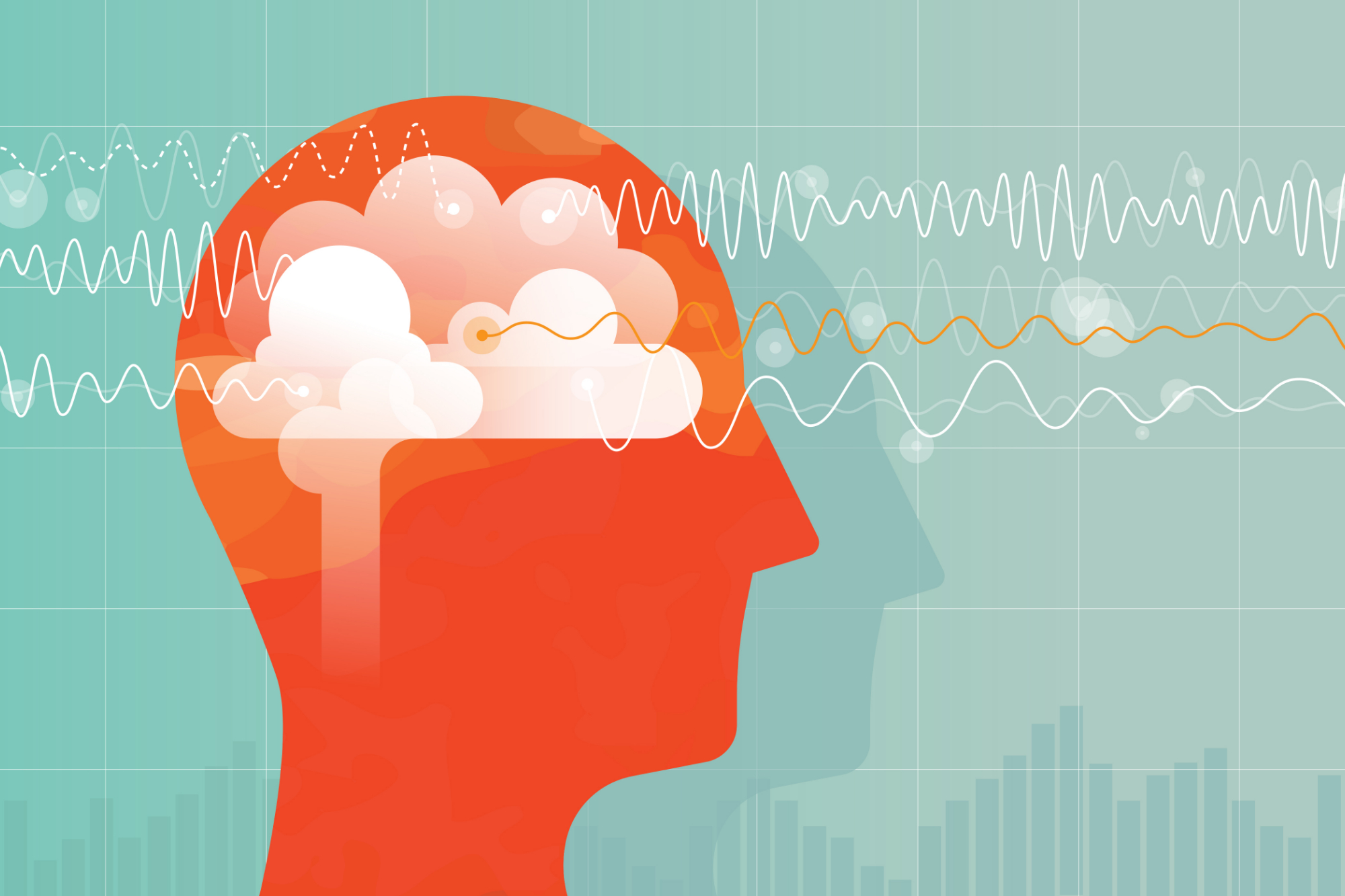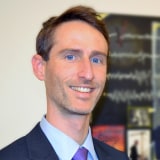
From the line outside the “Wearable Technology: Toward Regulation and Implementation in Sleep and Circadian Science” to the time running out for all of the questions in the “What in the Wearable!? From Validation to Application” sessions at the annual meeting of the Associated Professional Sleep Societies (APSS) in San Antonio, you can get an idea of one of the major themes forecasting the future of sleep medicine: naturalistic sleep, continuously monitored outside of the lab, is converging with clinical practice. The driving force for this change is the minimal effort required for individuals to explore this highly salient facet of our lives. In fact, in a 2018 survey of a representative sample of the U.S. population, over a quarter of individuals reported usage of some measure of sleep tracking on their phones. Sleep medicine is optimally poised to tackle the maturing era of big data that is being actively generated by our patients, because we’ve been preparing for it for decades now: from CPAP compliance reports to actigraphy to sleep diaries. While this opportunity for population-scale, N-of-1 trials can enhance learning about fundamental mechanisms of the biopsychosocial relationship with sleep, it also has the potential to empower clinicians with keen insights into the health of their patients. However, it appears that a few major considerations reverberated through the sessions focusing on consumer-targeted health monitoring systems.
First, is the question about trust. Issues regarding validation of data coming out of the panoply of devices analyzed with a host of proprietary algorithms were repeatedly raised by the clinical community in attendance at the conference, only to be rebutted by the sentiment that consumers are buying and using the devices, so the incentives are low to justify the hassles of clinical-grade validation. That being said, during session Q&As Drs. Chuck Czeisler and Cathy Goldstein independently summarized the sentiment of caution regarding the superficial validity that is currently touted industry-wide, by noting that healthy validation populations inherently provide reasonably good accuracies for sleep-wake assessments just based on the fact that the pre-test probability that individuals will be asleep is 85–90% for most nights (i.e., normal sleep efficiency).
Toward this end, a number of considerations were discussed that will help to move this field forward from the standpoint of clinical applications. Given the fragmentation of the market in terms of life-and-death cycles of companies, algorithms, and devices, access to raw data, unified by a common data standard, with capabilities for benchmarking across devices and to commonly accepted ground truths might best be addressed by a commons that enables validation on the algorithmic level. This would also enable generalization of algorithms to populations (both sleep-disordered and not) that are currently unexplored in the small sample sizes of the handful of studies that currently exist. Nonetheless, it is important to take a step back from this highly data-driven approach and recognize that sleep medicine has successfully been caring for patients using some of the least valid/reliable data sources possible: self-reports and/or sleep diaries. Thus, the level of certainty/accuracy has clearly not been playing a significant role in clinical practice to date, but, fortunately, the AASM has recently published guidance on the minimum acceptable standards that may serve as a meaningful benchmark for such products going forward.
Another major theme that came up was the de-emphasis of the algorithmically-processed data. From the perspective of where the industry stands today, user interest in sleep tracking is high, but confidence in the output of the devices has faltered in the face of proprietary sleep metrics that don’t seem to align with individual experiences. While companies are continually developing new ways of displaying data to users, one of the missing links is helping users connect the sleep data to daytime experiences or interventions. A number of researchers are currently leveraging access to company-provided data platforms to explore how the data can be linked to behavioral change. However, another user needs to be considered as well: the clinician.
Behavior change — particularly that which will be sustained — seldom happens in isolation, as highlighted by the high-touch framework employed in all of the studies that successfully used consumer-device-monitored data to improve sleep and health outcomes. From this standpoint, recognizing the needs of health care providers (from coaches to clinicians) to be able to visualize and explore the data in clinically meaningful ways will aid adoption by the broader health care community, from patients to payors. In order to ensure that this field grows to meet the needs of the multiple stakeholders those same stakeholders need to be at the table when it comes to designing the platforms and defining outcomes.
From election night insomnia to borough-specific sleep and health associations in New York City, a number of explorations of the millions of nights of accumulated data in thousands of consumers have highlighted the potential value of this network to understand sleep on the population level. However, if we wish to apply this technology to gleaning insights into the N-of-1 patient sitting in the clinic, more rigor and transparency will be required to empower patients and providers with actionable information rather than quarantined data and nebulous analytics.







